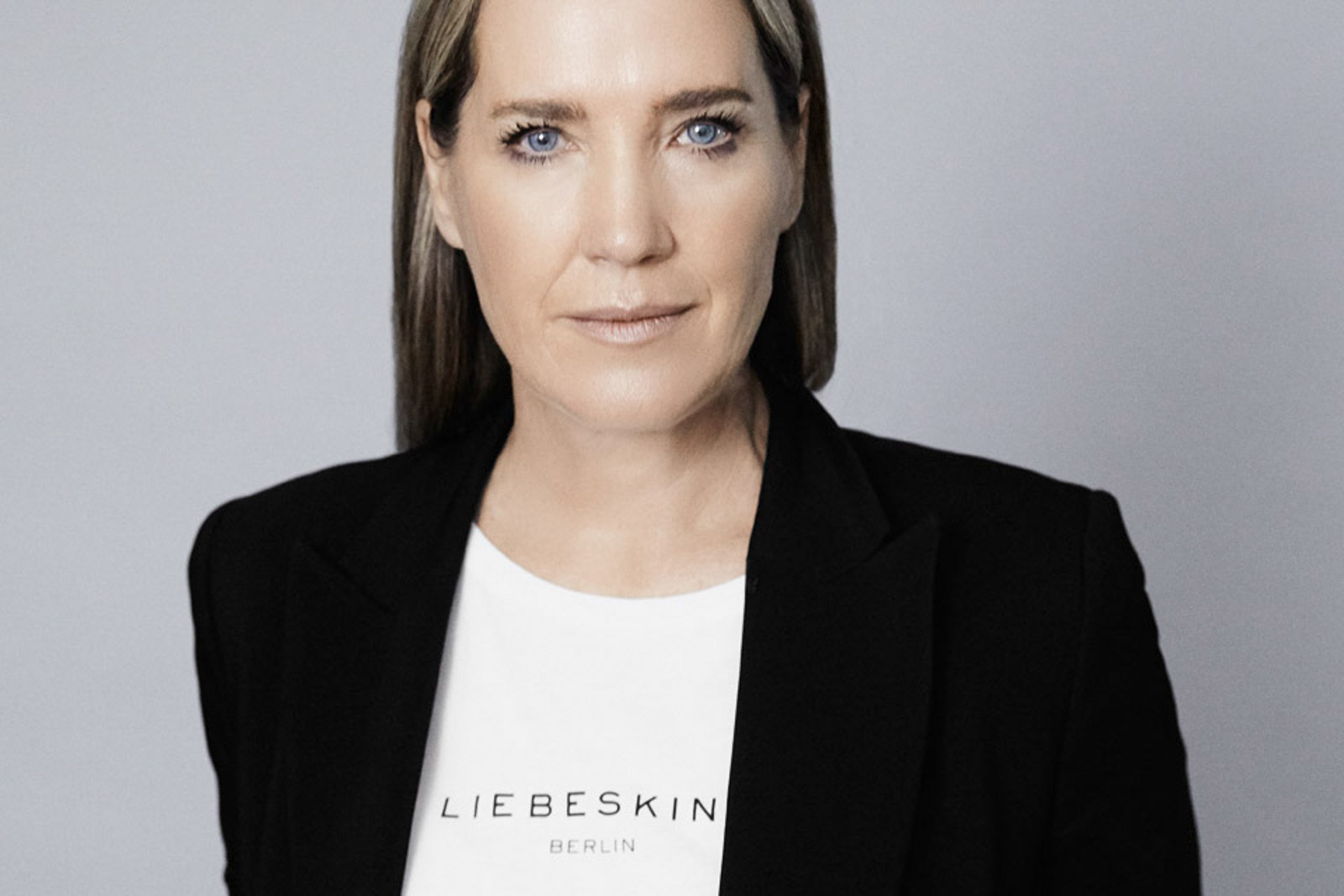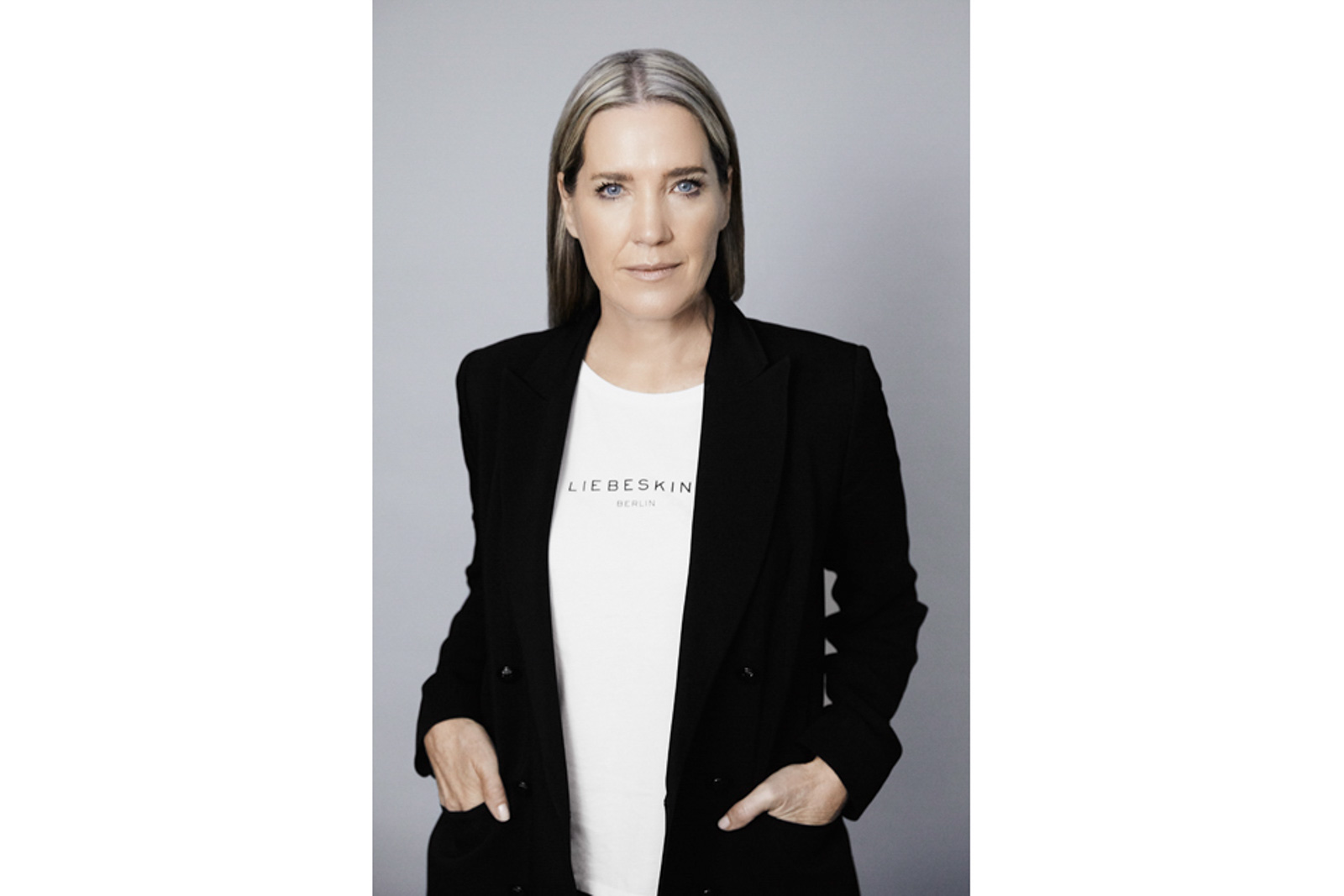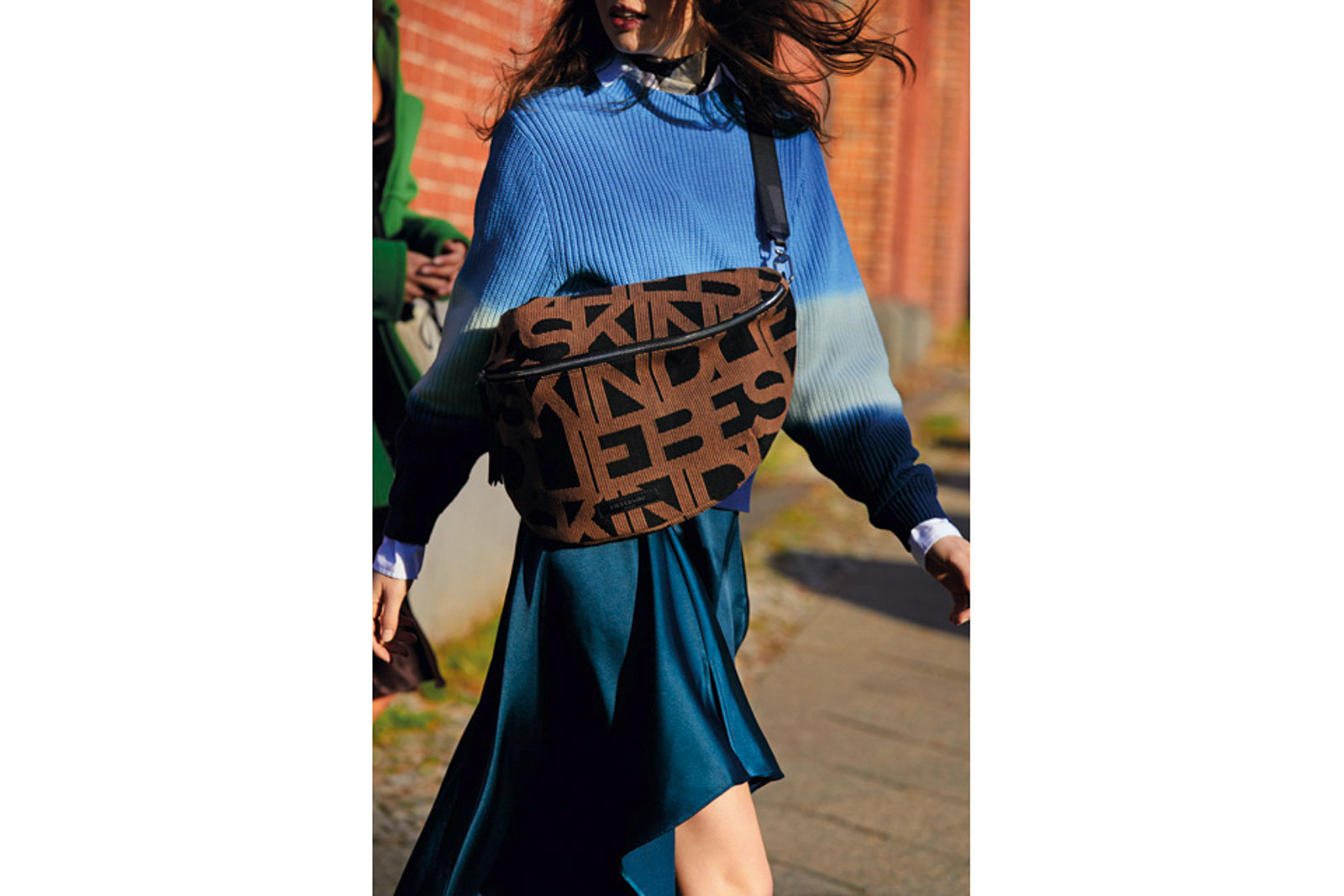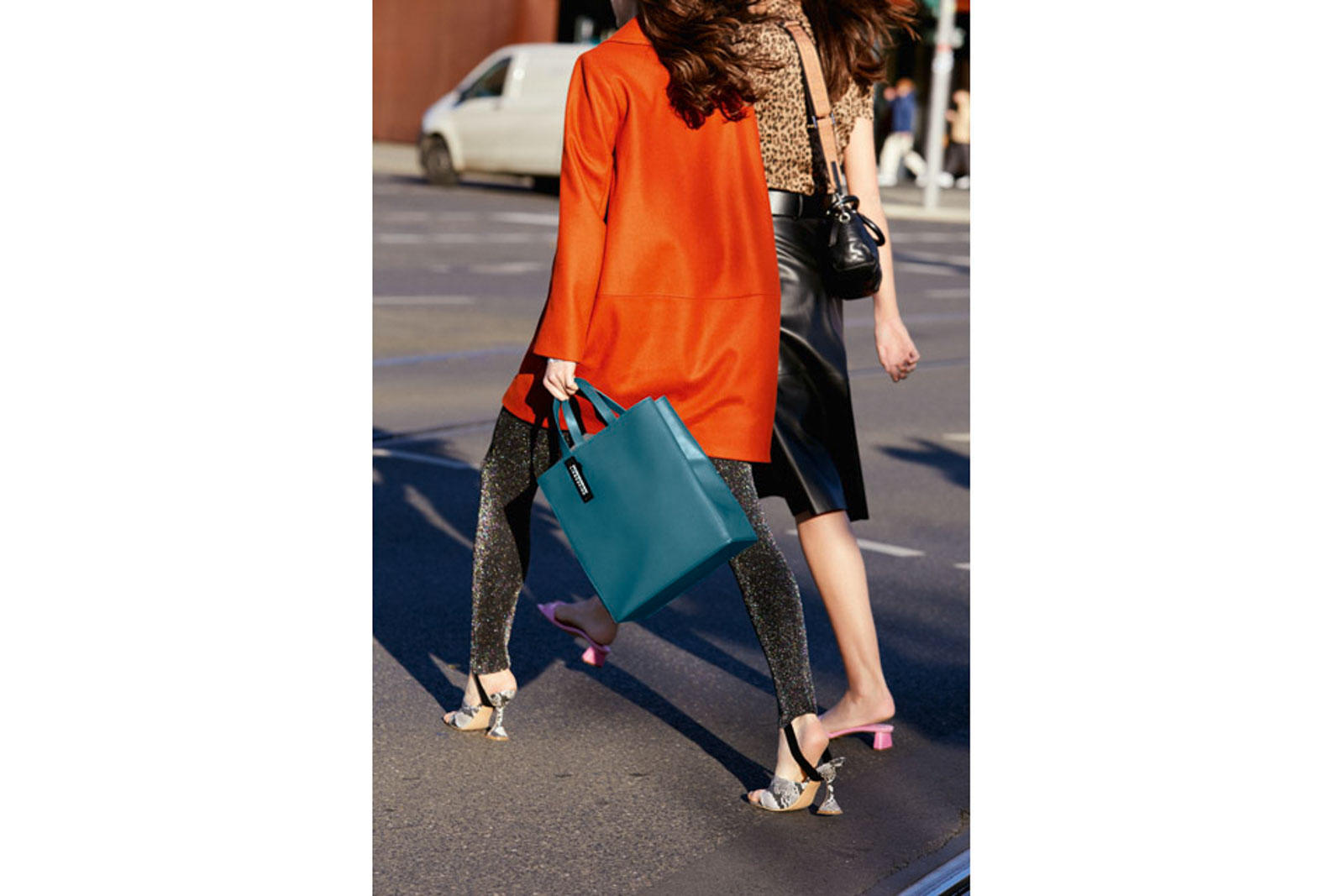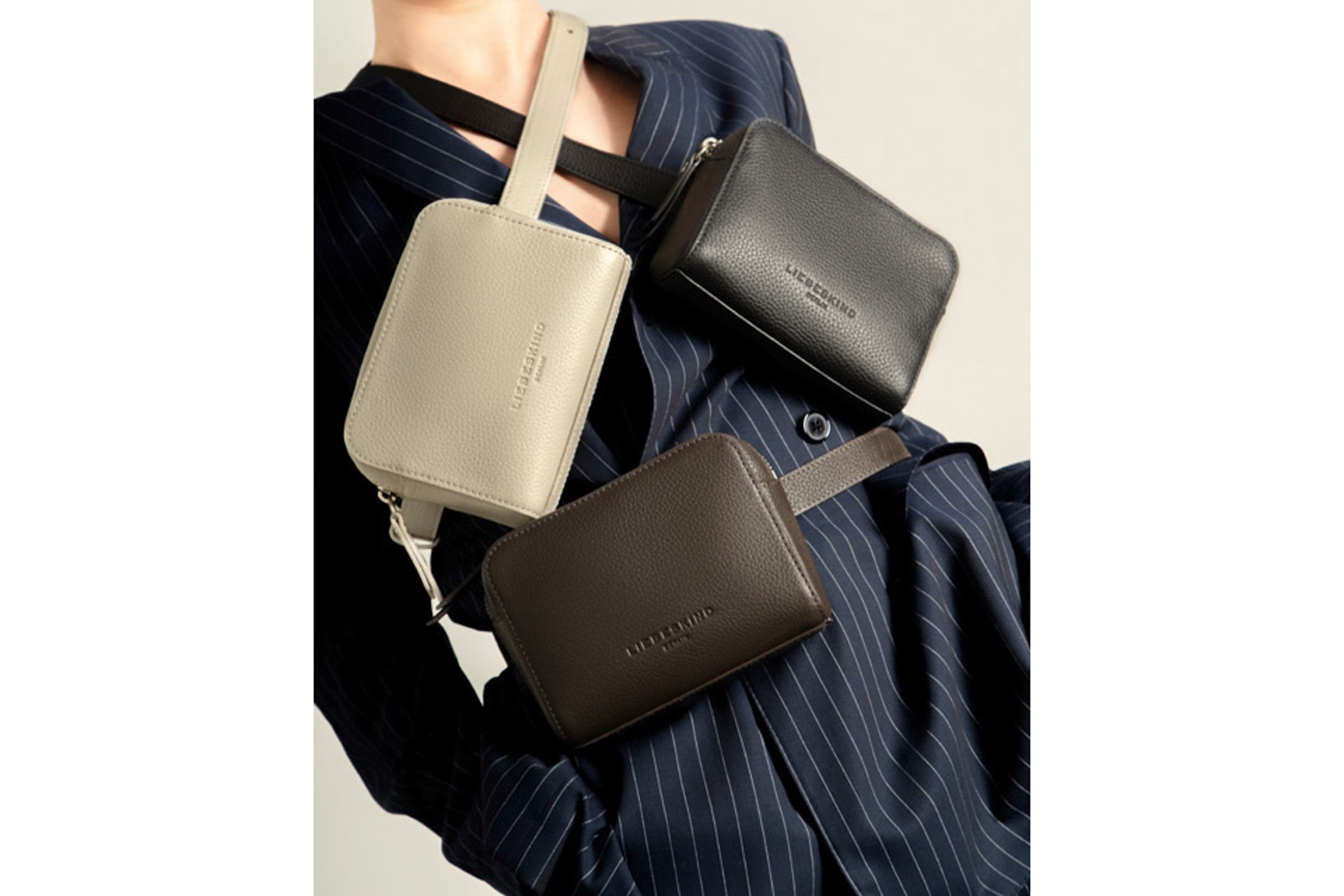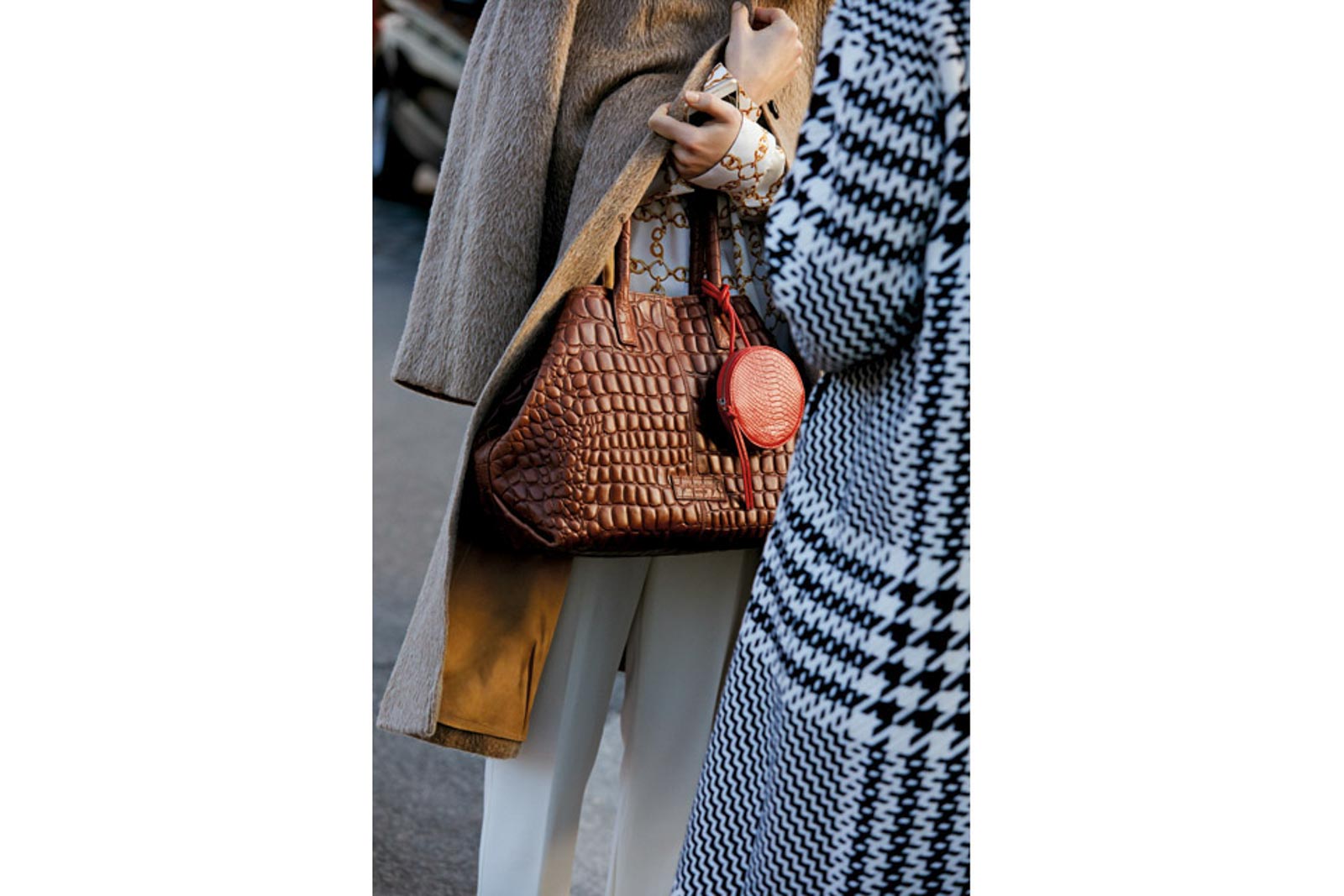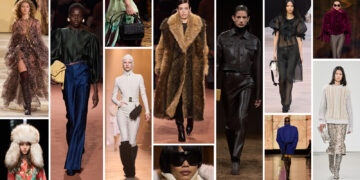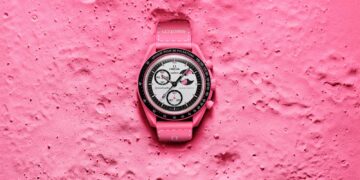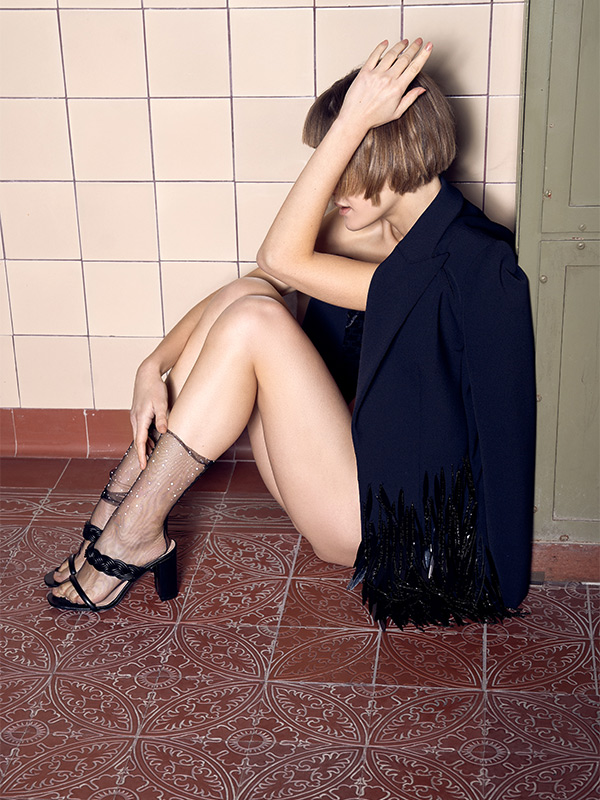Like Charlie in Willy Wonka’s chocolate factory – that must be how Gina Condé feels as Global Director at Liebeskind Berlin. A profession that goes beyond just a job. Because we can sense that Condé’s love for bags doesn’t end with the shutdown of her computer in every answer to our questions.
FACES: How do you wear bags today? Which forms are in demand?
Gina Condé: Mini bags are the new trend bags, regardless of their shape. There are countless variations – in box-bag style or soft and slouchy. They are always worn crossbody, relatively high on the upper body. Gladly in combination with an oversized shopper!
F: How many bags does a woman need?
GC: What a question – you can never have enough bags (laughs). But what every woman needs is an essential bag: the little black one that accompanies you day and night – in the office as well as to dinner.
F: How big or small can a bag be?
GC: There are no longer any limits – from micro-bags that fit on one hand to big bags that are deliberately oversized. For example, we have an XL belt bag that can replace a rucksack.
F: Are there any styling faux pas when carrying a bag?
GC: Everything is right, nothing is wrong! Let’s take the belt bag as an example: it is worn over the shoulder, crossbody or – as originally intended – actually on the stomach.
F: It-bags, do they still exist?
GC: An It-Bag is the favorite bag of the respective woman – exactly “your thing”. That’s why today’s It bag is very individual in my eyes, everyone has their own, very personal It bag. THE bag you won’t want to give up.
F: What bag does today’s man need?
GC: A bagpack or a beltbag – preferably XL. We have a new unisex collection in soft nylon made from recycled plastic bottles. Men like to buy the small or large belt bag from this range – or the sling bag. All casual and practical crossbody styles that leave your hands free for cycling or motorcycling.
F: Who is the typical Liebeskind Berlin customer?
GC: The Liebeskind Berlin customer is interested. Unconventional. Quality-conscious. Authentic. Fashionable. She loves fashion, but not only looks for trends, but also for colors, shapes and materials that evoke emotions in her. She buys spontaneously, is passionate and lively.
F: What motto does Liebeskind Berlin follow?
GC: We stand for Berlin – for the nonchalance, freedom, diversity and coolness of this city. Our wearer carries the zeitgeist of Berlin into the world, bag by bag.
F: How is a bag created at Liebeskind Berlin, and how long does it take from the idea to the finished product?
GC: This can take up to a year – we take our time and invest a lot of care and effort in getting the right shape. We repeatedly discarded a bag from the current collection and continued to work on it until it had the iconic “basket shape” that we had envisioned. For us, it always takes many individual small steps to create a bag. All designs are created in our Berlin studio. Bag making is craftsmanship. For the hardware, the individual parts are milled out of wood and then cast. All hardware parts and the color scheme are produced especially for us. We primarily use high-quality leathers from cow, sheep, goat and calf – because soft and natural leathers form the core of our collections. The finishing touches include prints, embossing and embroidery or elaborate hand-finished weaving and knotting techniques. A current bag, for example, resembles the wickerwork of a rattan chair.
F: What is typical Liebeskind Berlin?
GC: Bags as a matter of course. No bags that need to be explained. Functional, but still fashionable. Our bags are not technical, but elegant – and always multifunctional to carry.
F: Where does the fashion industry still need to tackle?
GC: Definitely in terms of sustainability. In the past, this was niche thinking, and I am very pleased with the current development that sustainable action is in line with the spirit of the times and has become a basic need for many young people, who are even taking to the streets for it. Awareness has been raised and the fashion industry is gradually adapting to this.
F: Are trends still in keeping with the times?
GC: The trend theme is omnipresent in my head. I think today’s trendsetters are developing something almost artistic with the clothes they wear. If you look at the street styles in the fashion capitals, you can see it: outfits are being draped as an art form. Layering looks, several bags at once, pure monochrome colors or a wild mix of patterns – an exciting trend development. We at Liebeskind Berlin also look at art, go to galleries, let our creativity fly and our thoughts run free. Today’s society can afford to open itself up to beautiful things.
F: Sustainability, a trend, a must or an “it” word?
GC: A present state. A must. Striving for sustainable behavior is essential for all of us.
F: Do we need fashion weeks like Fashion Week?
GC: Yes! Fashion Weeks are the lifeblood of the fashion industry. We all work hard, and after a season you are exhausted, you almost think “fashion is dead” – because you are constantly facing new, exhausting challenges. But then comes the official invitation to fashion week and with it new energy, new strength and a deep feeling: long live fashion! Fashion Week is also an outstanding platform for young talent. Where else can they show themselves to such a large specialist audience? Fashion weeks offer up-and-coming designers such great opportunities that they should not be taken away. Investing in future talent should be part of our DNA.
fashion world.
F: How much pressure is there in the fashion industry?
GC: Extremely high. The number of cycles has always been high, I’ve been in the business for over thirty years. There has always been pressure, there have always been hard times. But the positive moments outweigh this – anyone who doesn’t see this is working in the wrong industry.
F: What is different in the fashion industry today compared to five years ago?
GC: The view of things has become more open to new things. The old and established is no longer in vogue, people are breaking new ground and thinking outside the box. Brands reinvent themselves in order to survive.
F: How do you advocate for more women empowerment?
GC: We are! Liebeskind Berlin is women empowerment in action. There are women in all relevant management positions. Unusual for the fashion and especially the bag industry. Even today…
F: What challenge do you face every day?
GC: Always reinventing the product bag! Having the right instinct to back the right horse. What is top, what would be a flop. We all need to have the same feeling for our brand. People from the most diverse cultures work together here, everyone gives their input into our work, which creates the diversity that Liebeskind Berlin stands for. All of our teams have one thing in common: a love of this brand.
F: What are you inspired by?
GC: Everywhere, I go through the world with my eyes wide open. Especially in Berlin, you find new inspiration every day. The idea for our bottle bag, for example, came to me when I saw all the tourists with their water bottles in their hands at the Eastside Gallery on the way to work. They would need a practical shoulder bag for their bottle – and refill, how wonderful, because that’s how they act sustainably. We also supported a small Berlin start-up and produced a Liebeskind Berlin glass bottle together. Berlin is inspiration through and through – the bag is a companion in the office and also directly afterwards for an after-work gallery visit followed by dinner.
F: What is your favorite bag?
GC: Our Chelsea bag at the moment. We took them out of our archive, reinterpreted their size, developed new colors, such as a classy khaki green or one of the new “nearly black” colors midnight blue, a very dark blue. They will be available in different sizes, including a very small one – I’m really looking forward to that.
F: How has Corona changed the fashion industry and how is Liebeskind Berlin taking off after the crisis?
GC: This is a question that concerns us all immensely. I am firmly convinced that we see things less superficially. We have started to think about what is really essential and necessary, how many collections are really needed. We treat things with care and consideration and create strong products with a story and ideas behind them. This will also fall into the category of sustainability, because in future we will create products that we love. We don’t take our cue from others, we go back into the archives and look at “what used to be good – what can we revive”. What are really good styles that you will enjoy for a long time?
F: How has Corona opened your eyes?
GC: The crisis has forced everyone to realize that humanity cannot always control everything. We all found ourselves in an unpredictable situation and can now see that it is quite possible to lose control. And that no country in the world is protected from a pandemic.
F: What positive changes are you taking away from this crisis?
GC: The rediscovered sense of togetherness in our society, the mutual solidarity and the newfound appreciation of situations such as a glass of wine in company, of being able to hug again. We will enjoy all of this much more.


